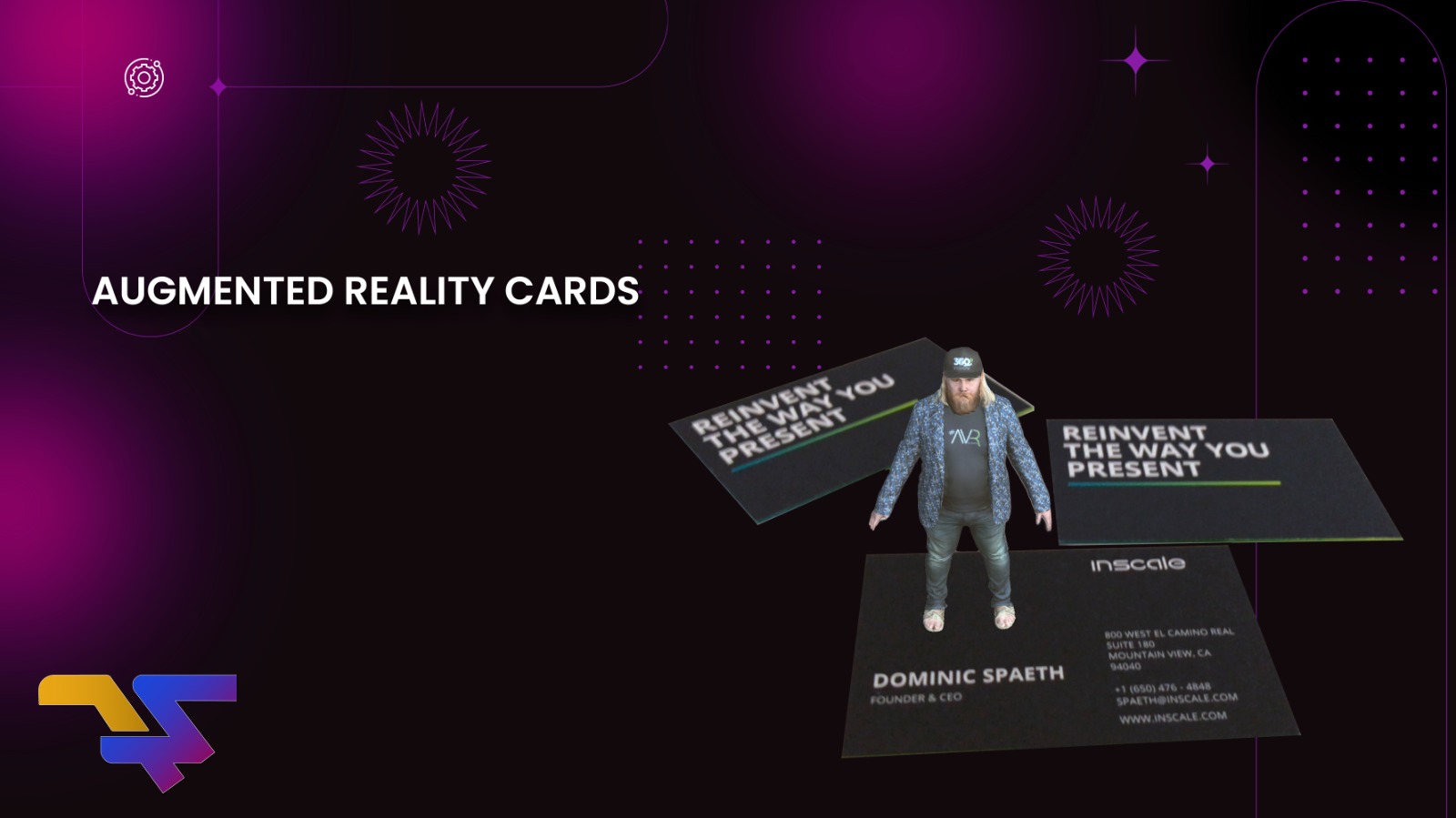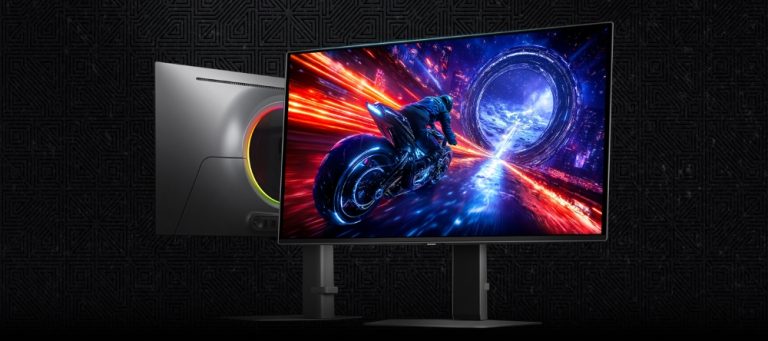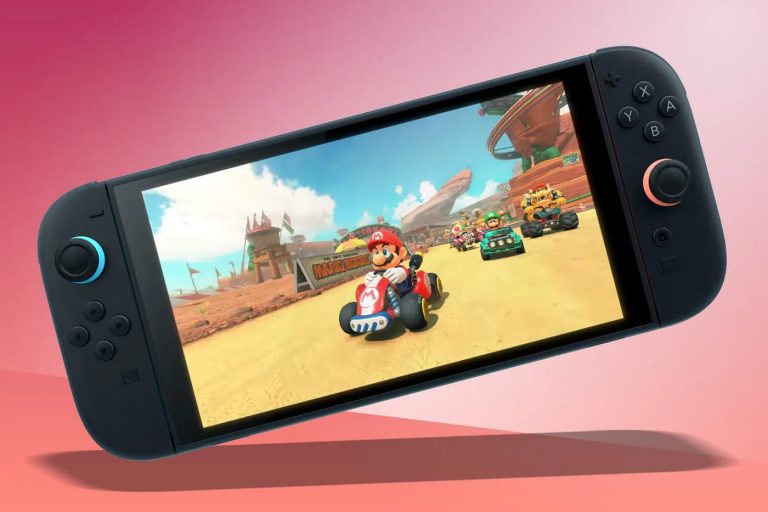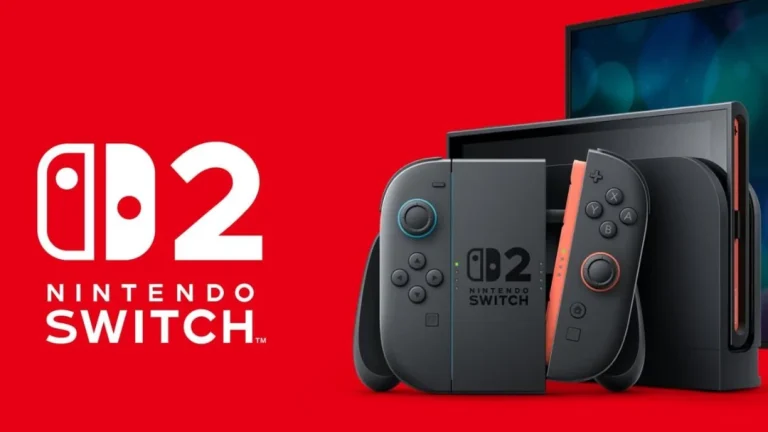
Introduction
The gap between the physical and digital worlds is getting closer because of the introduction of augmented reality cards. AR cards are digital business cards scanned by smartphone or tablet to reveal amazing content. The content includes video, images, contact information, and more making it a perfect tool for marketing and business.
With the digitilization of all world affairs, businesses are changing there place to digital platforms. Moreover, augmented business cards have changed digital marketing. The digital world depends on the physical reality. These cards carefully mix the two worlds to create a customer friendly marketplace.
Augmented reality is an amazing experience that improves the real world with computer generated perceptual information. Augmented Reality is a living reality in this ultra modern world. It is filling the gap between the physical and digital worlds by superimposing digital information onto real objects to create a 3D experience. It allows the users to connect with both the digital and physical worlds.
Table of contents
What is Augmented Reality and Augmented Reality cards?
Augmented reality (AR) is a technology that superimposes digital information—such as images, sounds, or other data—onto the real world. It improves the user’s perception of their environment. Augmented Reality cards are the main constituents of AR.
Unlike virtual reality (VR), which creates a fully immersive digital experience separate from the real world. AR cover digital elements onto a live view, often through devices like smartphones, tablets, or AR glasses.
This mixture of virtual and physical worlds allows users to connect with both at same time. It improves their real world experiences with additional information, entertainment, or functional tools. For example, AR can provide real time navigation directions on a street view. It can display information about objects in a museum, or enable amazing gaming experiences in real world settings.
Augmented reality cards
AR cards are physical cards that combine digital content and amazing elements using AR technology. These cards are usually printed with unique patterns, codes, or images that, when viewed through an AR-enabled device such as a smartphone or tablet, trigger the display of digital improvement like 3D models, animations, or informational covers.
This mixing of physical and digital realms offers an improve user experience, changing simple printed materials into dynamic and engaging tools for education, marketing, gaming, and entertainment. AR cards provide an immersive and amazing way to present information and engage users by filling the gap between the real and virtual worlds.
The differences between VR and AR
Augmented reality (AR) and virtual reality (VR) are immersive technologies that change the way how we connect with digital content. But they do so in fundamentally different ways.
AR covers digital elements in the real world. It improves users’ perception of their physical surroundings. This technology uses devices like smartphones, tablets, or AR glasses to superimpose graphics, sounds, and other sensory. A key characteristic of AR is that it allows users to remain aware of and connect with the real world. It can be done while engaging with digital content.
On the other hand, VR creates a completely immersive digital environment that shuts out the physical world. Users wear VR headset that provide a 360 degree view of a virtual space. Often it comes with spatial audio and handheld controllers to locate and contact with the virtual world. This technology is used to create entirely new experiences, such as exploring fantastical landscapes, simulating training environments, or playing immersive video games. VR’s goal is to transport the user to a different place or reality. It provide an experience that feels convincingly real within the digital realm.
The primary difference between AR and VR is their connection with the real world. AR improves the real world by adding digital elements and VR replaces the real world with a fully digital one. This leads to different use cases and applications: AR is often used for practical, real time applications like maintenance, training, and locating where connection with the real world is necessary. VR suits for applications that require complete attention, such as virtual tourism, advanced copies, and gaming.
In short, while AR and VR create amazing experiences, AR improves the real world with digital covers. VR immerses users in a fully digital environment, each serving different purposes and offering unique benefits.
Related Articles you may find interesting
Virtual Reality vs. Augmented Reality
| Features | Augmented Reality AR | Virtual Reality VR |
| Definition | Enhances the real world with digital covers | Creates a completely immersive digital environment. |
| Connection | Users connect with both the real and virtual elements. | Users connect exclusively with the virtual environment. |
| Hardware | Smartphones, tablets, AR glasses (e.g., Microsoft HoloLens). | VR headsets (e.g., Oculus Rift, HTC Vive) and controllers. |
| Real-world awareness | Maintains awareness and connection with the real world. | Blocks out the real world, providing full immersion in virtual space. |
| Use Cases | Navigation, maintenance, education, gaming (e.g., Pokémon GO). | Gaming, virtual tourism, simulations, advanced training. |
| Environment | Real-world environment with digital enhancements. | Completely digital, computer-generated environment. |
| Experience type | Enriches the existing reality with additional information. | Replaces reality with a new, simulated experience. |
| Mobility | High mobility; can be used anywhere with suitable devices. | Limited mobility; typically requires a confined space for safety. |
| Cost | Generally lower, depending on the device (smartphones/tablets). | This can be higher due to specialized VR headsets and hardware |
| Development complexity | Moderate; involves integrating digital content with the real world. | High; requires the creation of entire virtual worlds and connections. |
| Examples | Pokémon GO, Google ARCore, IKEA Place. | Oculus Rift, HTC Vive, PlayStation VR, Google Earth VR. |
Augmented Reality Cards bridging the Physical and Digital worlds
AR cards bridge the digital and physical worlds by combining amazing digital content with touchable, real world objects.
These cards change static physical items into dynamic interfaces. It allow users to connect with digital information more intuitively and engagingly. When viewed through AR-enabled devices, the cards can display 3D models, animations, videos, and other digital covers that enhance the user’s intelligence and connection with the physical world.
This combination facilitates innovative applications in education, where AR cards can bring textbook illustrations to life, in marketing, where they can create immersive product demonstrations, and in entertainment, where they can provide amazing gaming experiences. By connecting digital experiences with physical items, AR cards make technology more accessible and engaging, promoting a deeper connection between users and the digital content they consume.
Augmented Reality Accessories
Augmented Reality (AR) parts are important tools that enhance the AR experience by perfectly combining digital elements into the real world. These parts range from advance AR glasses, like the Microsoft HoloLens and Google Glass, to simpler smartphone attachments and portable devices.
AR glasses and headsets allow users to see and connect with 3D images and digital covers superimposed on their physical surroundings, making them ideal for applications in fields such as education, healthcare, and industrial maintenance.
Additionally, AR accessories include specialized controllers and sensors that enable precise connection with digital content. It improves the level of engagement and immersion. These devices often feature advanced technologies such as spatial mapping, gesture recognition, and eye tracking to provide a more intuitive and interactive experience.
As AR technology continues to evolve, the development of more affordable, light weight, and user friendly accessories is expected to drive its adoption across various industries and everyday life.
What is an Augmented Reality Business card and how does it work?
An augmented reality (AR) business card is an creative and amazing way to present contact information and showcase a person’s professional profile. Unlike traditional business cards, AR business cards holding technology to create an engaging experience by covering digital information on a physical card when viewed through a smartphone or AR-enabled device.
When a recipient scans the AR business card, they can access dynamic content such as videos, 3D animations, clickable links, social media profiles, and even amazing portfolios. This modern approach not only captures attention but also provides additional layers of information, improve networking and marketing efforts.
How it works?
AR business cards work by combine a unique marker or QR code on the physical card, which is recognized by AR applications on smartphones or other devices. When the card is scanned using the AR app, the connected marker triggers the app to fetch and display the related digital content.
This content is often hosted on a cloud server and can include multimedia elements like videos, animations, and hyperlinks. The AR app uses the camera to cover this digital content on the real world view of the business card, creating an amazing experience. Advanced AR business cards can also utilize technologies like image recognition and spatial tracking to enhance the perfection and richness of the displayed information, providing users with an immersive and informative connection.
Conclusion
To conclude, augmented reality cards or AR business cards represent a groundbreaking fusion of the physical and digital realms. It changes how we share and recognize professional information. By combining dynamic multimedia elements with traditional contact details, AR business cards elevate networking to an amazing and memorable experience.
This creative approach captures attention and also provides a platform for more large and engaging self presentation. As AR technology continues to advance and become more accessible, the adoption of AR business cards is poised to grow, offering professionals a powerful tool to stand out in an increasingly digital world.
The perfect blend of physical and virtual content show the future of communication, where the boundaries between the physical and digital worlds are increasingly blurred, creating new chances for connection and engagement.






